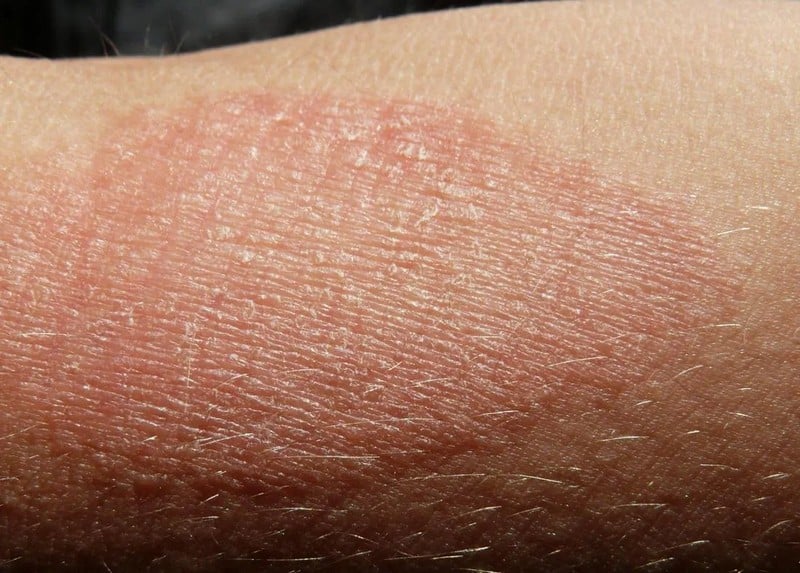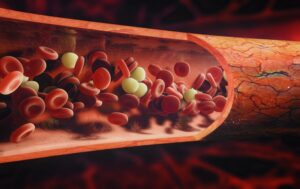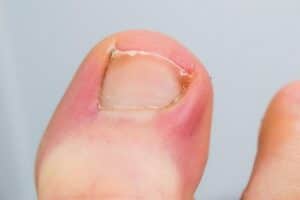Skin Problems

Kidney disease has no outward symptoms in its early stages. However, as the illness worsens, skin problems start, especially during end-stage kidney disease. End-stage renal disease patients who need dialysis or a kidney transplant often have dehydrated skin. When skin dries out, it may become dry, rough, and scaly.
Advanced renal disease is often accompanied by itchy skin that may occur frequently. Some patients only experience itching in a specific spot, or it can affect several body parts simultaneously. Signs of excessive scratching and damage to the skin, like scratches or bald spots, may also be present. Lichen simplex chronicus, sometimes known as bleeding, painful skin, and nodularis prurigo, may also appear. When kidney function declines, waste products accumulate, leading to skin discoloration. Signs and symptoms include a sickly white appearance or a graying or yellowish skin tone. Dark patches and cysts may also occur on the skin.
Rashes may appear if the kidneys cannot filter out waste. Patients with renal failure often develop a rash that forms tiny, dome-shaped pimples that are exceedingly uncomfortable to the touch. In addition, blistering of the hands and feet, age spots, and acne-like papules were seen in some patients.










